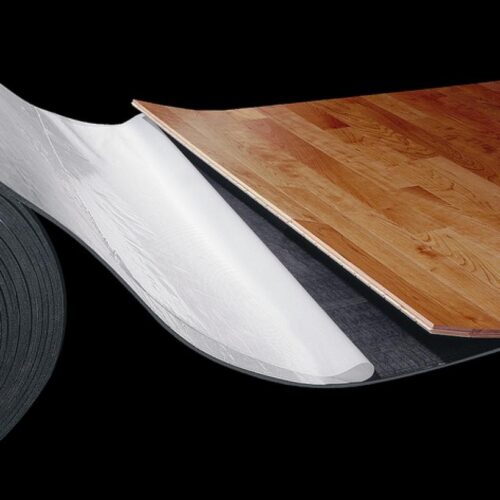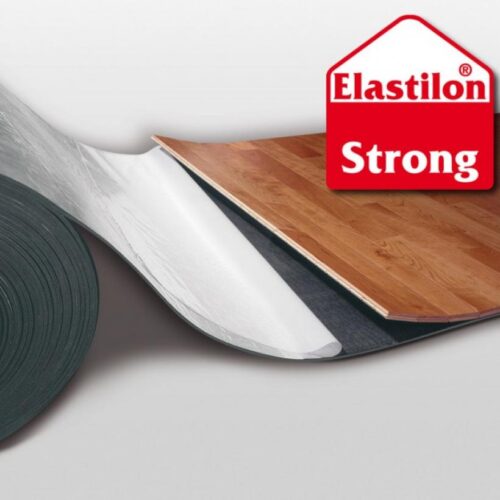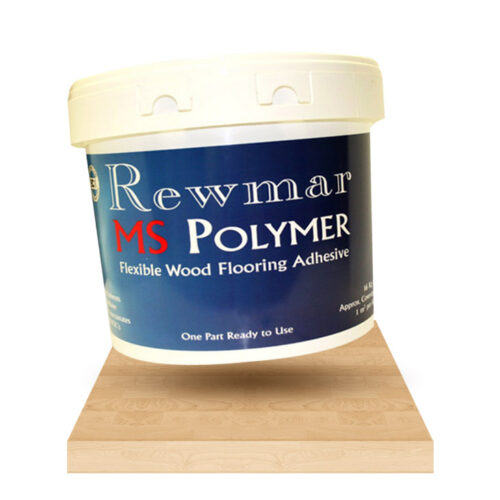Introduction
Underlay or Adhesives - Which is best?
Using wood flooring adhesive to glue down and using an underlay to float the floor are both popular installation methods. But one question we get asked a lot is “which is better?”. Both installation methods have their own advantages and drawbacks, and the right choice depends on your specific flooring requirements, area usage, subfloor conditions, and installers preferences. In this article, we’ll compare adhesive and underlay methods, helping you determine which is best for your engineered wood flooring project.
Glue-Down Method (Using Adhesive)
Glue-Down Method (Using Adhesive)
The glue-down method involves securing engineered wood planks directly to the subfloor using a strong and flexible adhesive. This method ensures a firm, stable installation and is particularly popular in commercial settings and high-traffic areas.
Pros:
- Provides a solid and stable feel underfoot.
- Some installers prefer the simplicity of using adhesives. It can be a more familiar process for them.
Cons:
- Can be a more time-consuming and labour-intensive installation process.
- A messier installation method.
- Subfloor can often require Priming first.


Floating Method (Using Underlay)
The floating method involves laying the engineered wood flooring over an underlay, without fixing it to the subfloor. The planks are usually tongue and groove and easy to slot together and float and this can be a popular choice for residential installations and DIYers.
Pros:
- In many cases, an easier and quicker installation.
- Can provide better sound insulation if / when required.
- In some cases, easier to remove or replace boards if needed.
Cons:
- Can be fiddly in smaller areas.
- Lots of different types of underlays and which can offer vastly different advantages / disadvantages.
When might you choose an adhesive?
- If you want maximum stability and solidity.
- If your installing over a solid subfloor (Concrete slab, Flooring Grade Chipboard/Ply).
- If you are installing flooring in very high-traffic or commercial areas.
- If your installer is familiar and confident with the process.
When might you choose an underlay?
- If you’re looking for a quicker and cleaner installation process.
- If you’re installing in a residential setting.
- If you want better soundproofing, especially on upper floors.
- When installing an Engineered Wood floor in an area that has different subfloor types i.e. wood and concrete combined.

What we offer
Elastilon Underlay
Elastilon is a self-adhesive underlay, meaning the floorboards adhere to it, while the Elastilon remains unattached to the subfloor. As a result, the entire underside of every board is stuck together via the Elastilon itself. Elastilon elasticity allows it to stretch and accommodate for any movement in the wooden floor. This is more than can be said for non-adhesive underlays, which rely on gluing the tongue and grooved of the board together with rigid PVA glue.
Elastilon Basic underlay
Elastilon Basic is the original Elastilon underlay. This self-adhesive underlay is one of the most convenient, quick and effective methods of laying your wood flooring onto any solid sub floor that does not have underfloor heating. As with the majority of Elastilon specifications Elastilon Basic has brilliant acoustic values and is ideal for multi-story buildings, apartments or upstairs in your home.
Elastilon Strong underlay
Elastilon Strong is used in just the same way as Elastilon Basic but it has a denser structure and is suitable to be used in conjunction with underfloor heating.
watch the
Elastilon Demonstration Video
What we offer
Rewmar Flexible Wood Flooring Adhesive
Rewmar MS Polymer Flexible Wood Flooring Adhesive is designed for use with all species and types of wood flooring as well as being suitable for underfloor heating systems. The flexible nature of this adhesive accommodates for movement in your floor as the boards expand and contract without the adhesive breaking. This newly modified formula has now been altered to provide a faster and stronger bond
To accompany this new environmentally conscious production, Rewmar have focused on ensuring their adhesive is both Isocyanate free and low in solvent emissions increasing ease of use and user friendliness.
Rewmar also product their MS650 Sausages, which can offer a cleaner (and often cheaper) alternative to the trowel out adhesive.
See our full range of Rewmar products here.

Expert Recommendations
Both adhesives and high-quality underlays, such as Elastilon, offer the excellent results. The glue down method can in some cases be better for solidity underfoot, and its familiarity can appeal to tradesman. Floating a floor with a product like Elastilon can be a fast, clean, and very effective method of installation and has the added advantage of being able to be used over any solid, flat, and subfloor (without the need of any additional primers).
Explore our range of Engineered Wood Flooring at JFJ Wood Flooring and contact us for professional advice. We are here to help ensure that your flooring not only looks stunning, but also stands the test of time.
